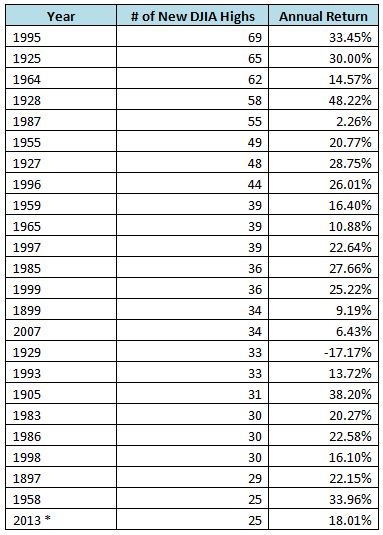We read this morning that the California Public Employees’ Retirement System (CalPERS) is considering increasing its commitment to passive equity vehicles. This follows, by less than two weeks, a study suggesting that public pension funds generally could improve their performance by doing exactly what CalPERS is reported to be considering.
Of course whenever you speak about CalPERS, you’re speaking about enormous size (at $256 billion, the nation’s largest pension fund), and the fund’s size may be a key to its plans. For CalPERS to move its figurative needle, it needs to generate a huge amount of active investment return. As readers of our SPIVA reports know, most active managers underperform most of the time, so CalPERS may well conclude that the active management game isn’t worth the candle, especially at the scale required for their asset base. If that’s what they decide, it would be a hard conclusion to dispute.
The posts on this blog are opinions, not advice. Please read our Disclaimers.






